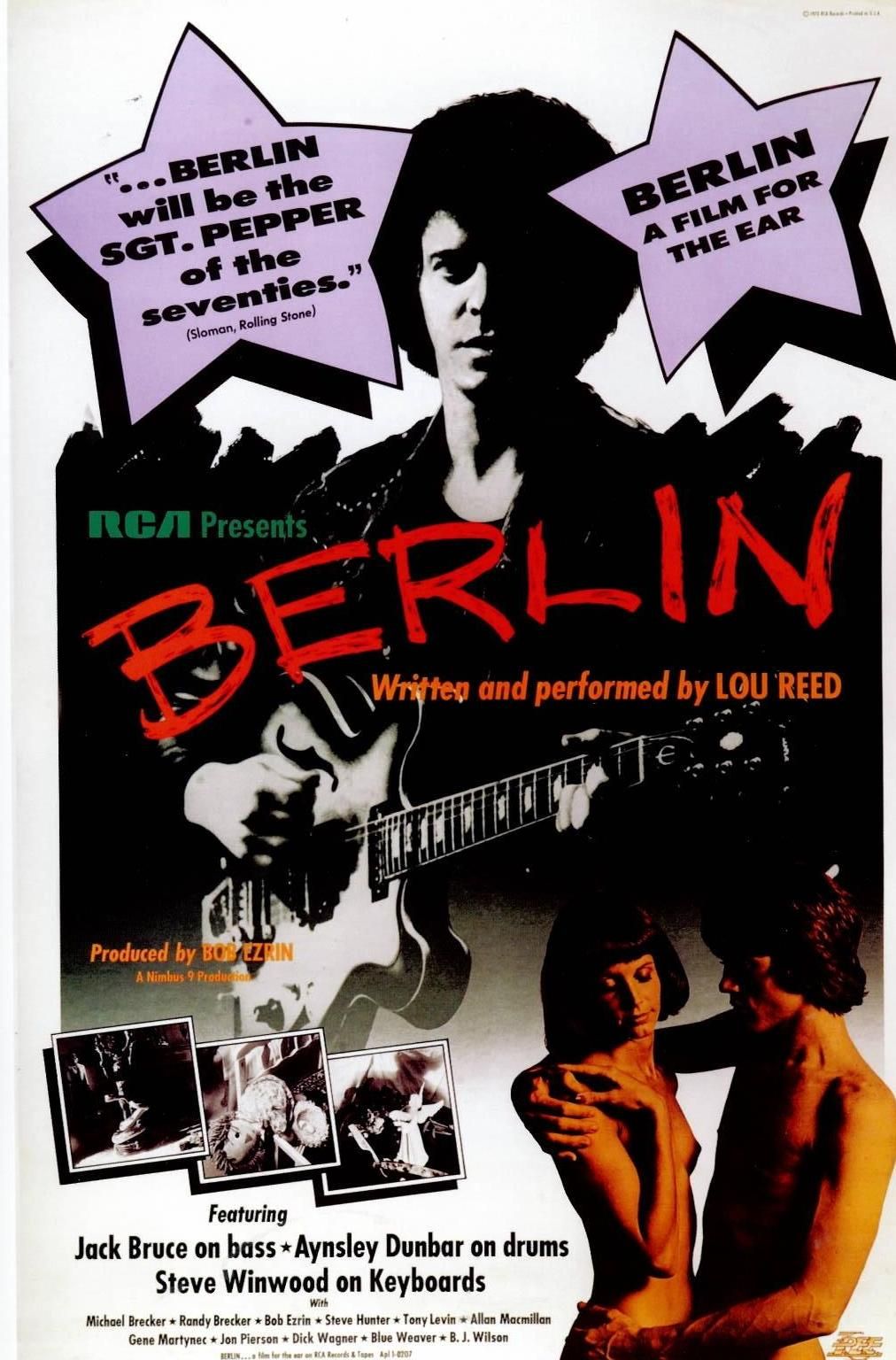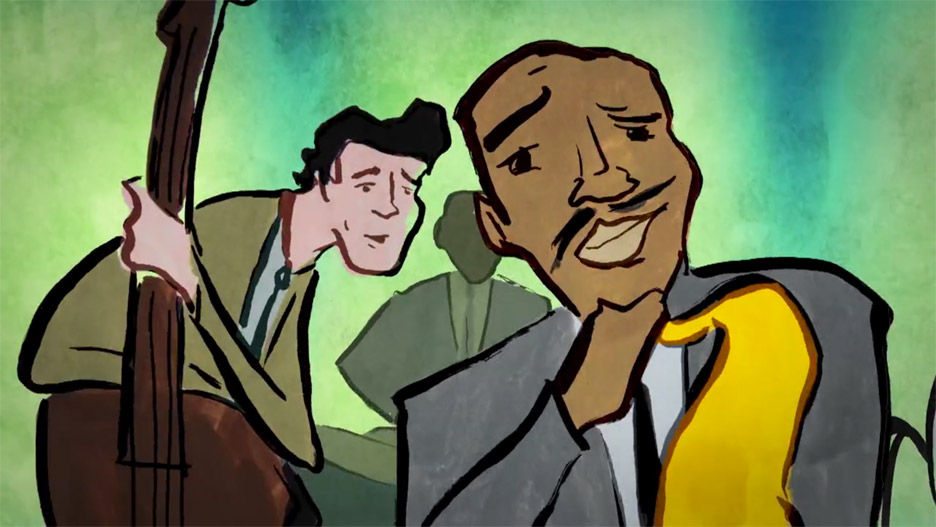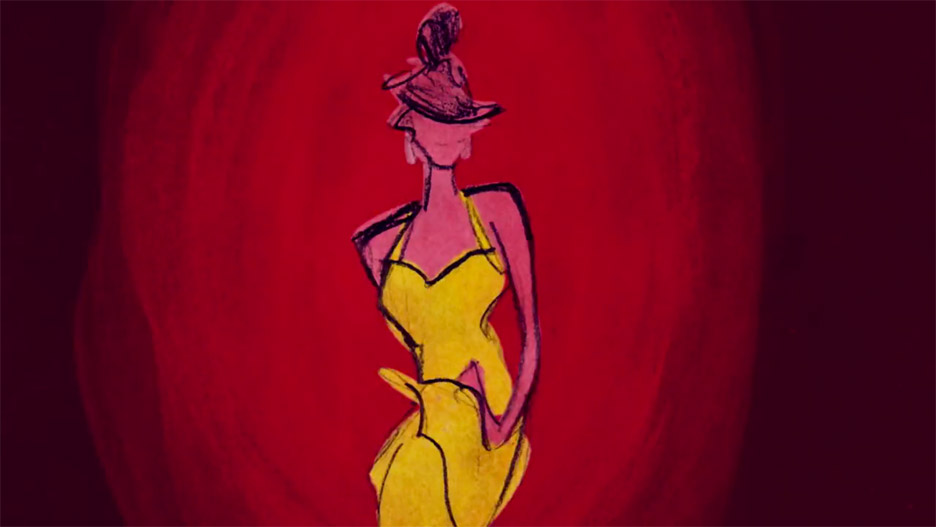I think, as social primates, we want to feel a strong sense of belonging either in a relationship or to a community—or both. But also intrinsic to our humanity is a feeling that we are truly alone.
—Filmmaker Andrea Dorfman, 2010
When they first became friends, poet Tanya Davis and filmmaker Andrea Dorfman talked a lot about the pleasures and hardships of being alone. Davis had just gone through a break up, and Dorfman was just embarking on a relationship after four years of flying solo.
These conversations led to a collaboration, 2010’s How to Be At Alone (see below), a whimsical videopoem that combines live action and animation to consider some of solitude’s sweeter aspects, like sitting on a bench as signal to the universe that one is available for impromptu conversation with a stranger.
That bench reappears in their 2020 follow up, How to Be At Home, above. Now it is cordoned off with black and yellow caution tape, a familiar public health measure in 2020.
As with the earlier project, a large part of Davis’ purpose was to reflect and reassure, both herself, and by extension, others.
Although she has become a poster child for the joys of solitude, she also relishes human contact, and found herself missing it terribly while sheltering alone in the early days of the pandemic. Writing the new poem gave her “an anchor” and a place to put her anxiety.
Dorfman notes that the project, which was commissioned by the National Film Board of Canada as part of a short film collection about Canadians navigating life during the pandemic, was “essentially catalyzed by COVID.”
As she embarked on the project, she wondered if the pandemic would be over by the time it was complete. As she told the CBC’s Tom Power:
There was this feeling that this could go away in a month, so this better be finished soon, so it’s still relevant. So as an artist, as a filmmaker, I thought, “I have to crank this out” but there’s no fast and easy way to do animation. It just takes so long and as I got into it and realized that this was going to be a marathon, not a sprint, the images just kept coming to me and I really just made it up as I went along. I’d go into my studio every day not knowing what lay ahead and I’d think, “Okay, so, what do we have up next? What’s the next line? And I’d spend maybe a week on a line of the poem, animating it.
It appears to have been an effective approach.
Dorfman’s painted images ripple across the fast turning pages of an old book. The titles change from time to time, and the choices seem deliberate—The Lone Star Ranger, Le Secret du Manoir Hanté, a chapter in The Broken Halo—“Rosemary for Remembrance.”
“It’s almost as though the way the poem is written there are many chapters in the book. (Davis) moves from one subject to another so completely,” Dorfman told the University of King’s College student paper, The Signal.
In the new work, the absence of other people proves a much heavier burden than it does in How To Be Alone.
Davis flirts with many of the first poem’s settings, places where a lone individual might have gone to put themselves in proximity to other humans as recently as February 2020:
Public transportation
The gym
A dance club
A description from 2010:
The lunch counter, where you will be surrounded by chow-downers, employees who only have an hour and their spouses work across town, and they, like you, will be alone.
Resist the urge to hang out with your cell phone.
In 2020, she struggles to recreate that experience at home, her phone serving as her most vital link to the outside world, as she scrolls past images of a Black Lives Matter protests and a masked essential worker:
I miss lunch counters so much I’ve been eating [pickles and] toasted sandwiches while hanging unabashedly with my phone.
See How to Be at Home and the 29 other films that comprise The Curve, the National Film Board of Canada series about life in the era of COVID-19 here.
How to be at Home
By Tanya Davis
If you are, at first, really fucking anxious, just wait. It’ll get worse, and then you’ll get the hang of it. Maybe.
Start with the reasonable feelings – discomfort, lack of focus, the sadness of alone
you can try to do yoga
you can shut off the radio when it gets to you
you can message your family or your friends or your colleagues, you’re not supposed to leave your home anyway, so it’s safe for you
There’s also the gym
you can’t go there but you could pretend to
you could bendy by yourself in your bedroom
And there’s public transportation
probably best to avoid it
but there’s prayer and meditation, yes always
employ it
if you have pains in your chest ‘cause your anxiety won’t rest
take a moment, take a breath
Start simple
things you can handle based on your interests
your issues and your triggers
and your inner logistics
I miss lunch counters so much I’ve been eating [pickles and] toasted sandwiches while hanging unabashedly with my phone
When you are tired, again of still being alone
make yourself a dinner
but don’t invite anybody over
put something green in it, or maybe orange
chips are fine sometimes but they won’t keep you charged
feed your heart
if people are your nourishment, I get you
feel the feelings that undo you while you have to keep apart
Watch a movie, in the dark
and pretend someone is with you
watch all of the credits
because you have time, and not much else to do
or watch all of the credits to remember
how many people come together
just to tell a story
just to make a picture move
And then, set yourself up dancing
like it’s a club where everyone knows you
and they’re all gonna hold you
all night long
they’re gonna dance around you and with you and on their own
it’s your favourite song
with the hardest bass and the cathartic drums
your heart pumps along/hard, you belong
you put your hands up to feel it
With the come down comes the weeping
those downcast eyes and feelings
the truth is you can’t go dancing, not right now
not at any club or party in any town
The heartbreak of this astounds you
it joins old aches way down in you
you can visit them, but please don’t stay there
Go outside if you’re able, breathe the air
there are trees for hugging
don’t be embarrassed
it’s your friend, it’s your mother, it’s your new crush
lay your cheek against the bark, it’s a living thing to touch
Sadly, leave all benches empty
appreciate the kindness in the distance of strangers
as you pine for company and wave at your neighbours
savour the depths of your conversations
the layers uncovered
in this strange space and time
Society is afraid of change
and no one wants to die
not now, from a tiny virus
not later from the world on fire
But death is a truth we all hate to know
we all get to live, and then we all have to go
In the meantime, we’re surrounded, we’re alone
each a thread woven in the fabric, unravelling in moments though
each a solo entity spinning on its axis, forgetting that the galaxy includes us all
Herein our fall
from grace from each other from god whatever, doesn’t matter
the disaster is that we believe we’re separate
we’re not
As evidenced by viruses taking down societies
as proven by the loneliness inherent in no gatherings
as palpable as the vacancy in the space of one person hugging
If this disruption undoes you
if the absence of people unravels you
if touch was the tether that held you together
and now that it’s severed you’re fragile too
lean into loneliness and know you’re not alone in it
lean into loneliness like it is holding you
like it is a generous representative of a glaring truth
oh, we are connected
we forget this, yet we always knew.
How to Be at Home will be added to the Animation section of our collection, 4,000+ Free Movies Online: Great Classics, Indies, Noir, Westerns, Documentaries & More.
Related Content:
Watch 66 Oscar-Nominated-and-Award-Winning Animated Shorts Online, Courtesy of the National Film Board of Canada
Watch “Ryan,” Winner of an Oscar and 60 Other Awards
2020: An Isolation Odyssey–A Short Film Reenacts the Finale of Kubrick’s 2001: A Space Odyssey, with a COVID-19 Twist
Ayun Halliday is an author, illustrator, theater maker and Chief Primatologist of the East Village Inky zine. Follow her @AyunHalliday.














